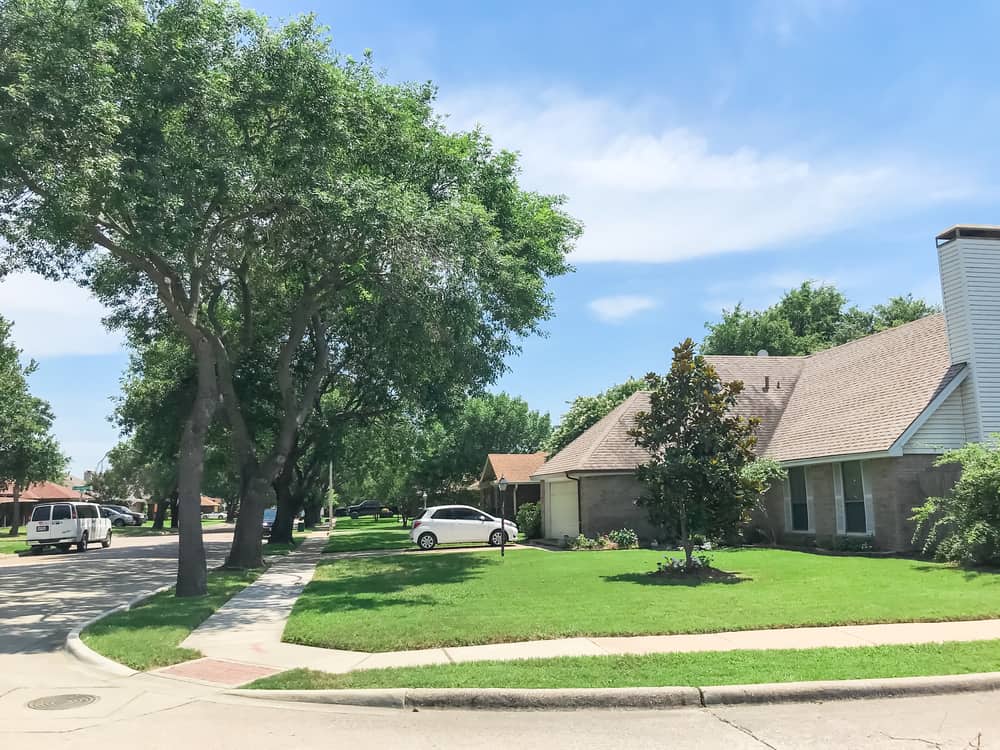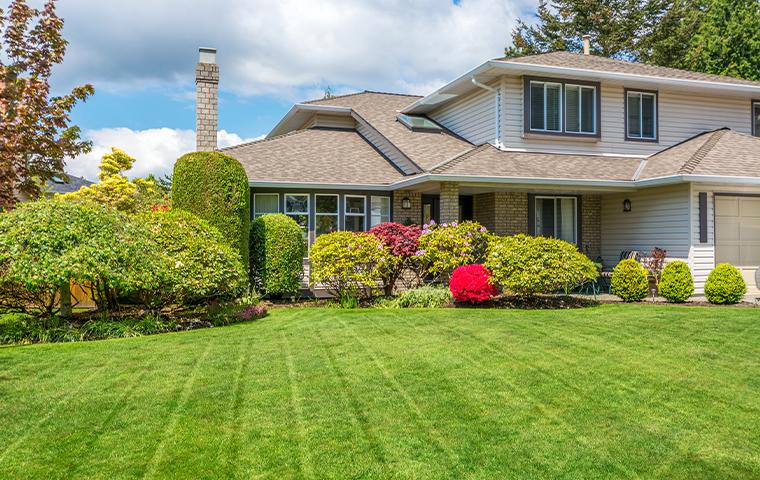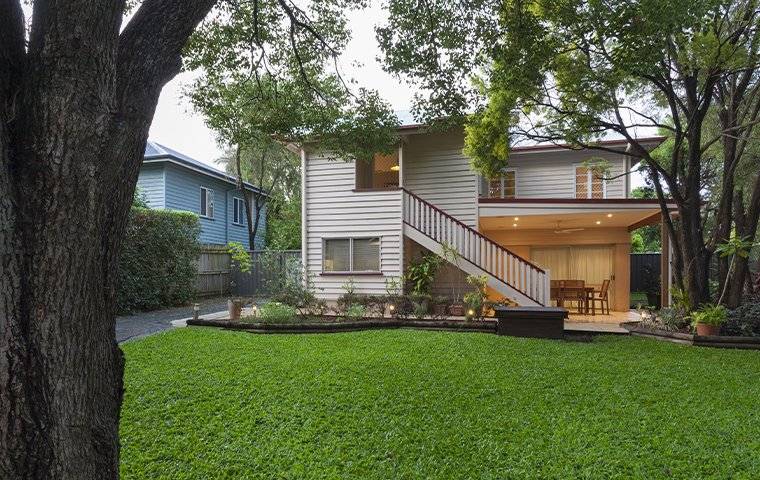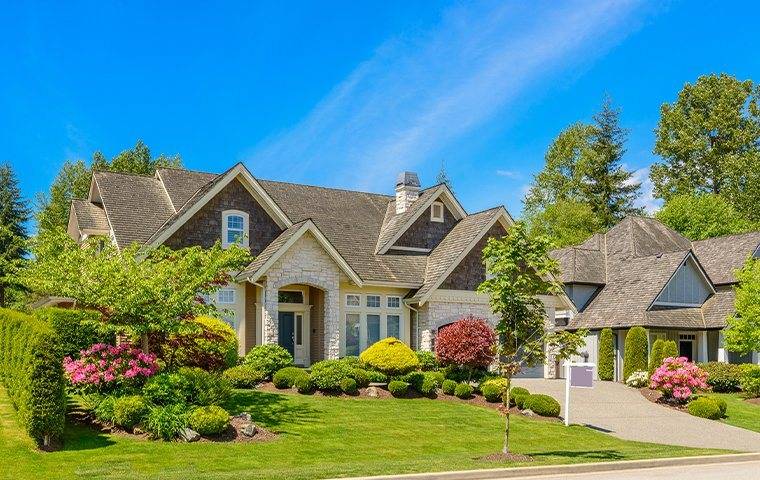
Choosing the Right Trees and Shrubs for Your Arlington Landscape
When it comes to creating a vibrant and inviting outdoor panorama in Arlington, Texas, planting the right trees can make all the difference. Not only does tree planting provide shade and natural beauty to your outdoor space, but they also play a crucial role in maintaining a healthy environment for you and your surrounding ecosystem. However, planting trees that are well-suited to our unique climate and environmental conditions is essential for their long-term survival and optimal growth.
One of the key factors to consider when choosing the perfect trees for your Arlington landscape is understanding the soil type prevalent in your area. Different trees have specific soil preferences, so identifying whether your soil is clay-rich or sandy will help narrow down your options. Additionally, it's also important to pay attention to water needs. Some trees thrive with minimal watering while others require more frequent irrigation. By considering these factors during the selection process, you can ensure that your chosen trees will not only survive but flourish in their new home.
Beyond practical considerations like soil type and watering requirements, aesthetics should also play a pivotal role when choosing a tree. After all, we want our landscape to be visually appealing as well as functional. Whether you prefer bold bursts of color like a Japanese maple or enjoy the timeless elegance of evergreen trees, there is a long list of trees available that cater to every taste.
In this article, we'll explore a variety of trees– both native and non-native – that adapt well to Arlington's climate. So grab your gardening gloves because by making educated choices about suitable tree varieties based on local conditions, you'll be boosting curb appeal while ensuring long-lasting enjoyment of your new arboreal friends—right at home in Arlington.
Selecting the Right Trees for the Arlington Climate
When it comes to selecting trees for your Arlington landscape, understanding the climate factors specific to the region is crucial. Arlington has a subtropical climate with hot summers and mild winters. This means that the tree species you choose should be able to withstand high temperatures and occasional drought conditions.
Consider the average temperature range in Arlington, year round. The average summer temperatures can reach up to 95°F , so it's important to select tree species that are heat-tolerant. Some great options for North Texas include southern live oak (Quercus virginiana), crape myrtle (Lagerstroemia indica), and Mexican sycamore (Platanus Mexicana). These trees have adapted well to hot climates and can thrive in Arlington's scorching summers.
Secondly, take into account the average rainfall in Arlington. The city receives an average of about 36 inches of rain per year, with higher amounts typically occurring in May and October. Look for tree species that have moderate water requirements but are also adaptable to dry spells if needed. Red maple (Acer rubrum) is a popular choice as it tolerates both wetter and drier conditions while providing stunning fall foliage.
By considering these climate factors when choosing your trees, you'll increase their chances of thriving in your Arlington landscape while minimizing water usage during hotter months or times of drought. Remember to consult local nurseries or horticultural experts who can provide further guidance tailored specifically for the unique characteristics of Arlington's climate.
Choosing the Right Trees and Shrubs for Your Soil Type
When it comes to choosing what trees to plant on your Arlington landscape, one crucial factor to consider is the type of soil prevalent in your area. Different soils have varying levels of drainage and nutrient-holding capacity, which can significantly impact tree health and growth. In Arlington, two common types of soils are clayey and sandy.
Clayey soils are characterized by their ability to retain moisture well but drain slowly. This means that when selecting trees for such soil types, it's essential to choose species that can tolerate occasional wet conditions without suffering root rot or other water-related issues. Some tree species that thrive in clayey soils include the American sweetgum (Liquidambar styraciflua), red maple (Acer rubrum), and river birch (Betula nigra). These trees have adapted roots that allow them to handle periods of excess moisture effectively.
On the other hand, sandy soils in Arlington tend to drain quickly but may lack essential nutrients present in denser clayey soils. Trees selected for sandy soil should be able to withstand drought-like conditions while also being adaptable enough to survive with fewer nutrients available. Great choices for sandy soil landscapes include southern magnolia (Magnolia grandiflora), loblolly pine (Pinus taeda), and live oak (Quercus virginiana). These tree species have proven resilient and acclimated themselves well in sandier environments.
By considering the specific characteristics of your soil type - whether they lean towards a more clayey or sandy consistency - you can make the right choice of tree that will flourish in your Arlington landscape and provide lasting beauty for years to come. Understanding how different tree species interact with various soil types helps ensure healthy growth while reducing potential maintenance issues down the road.
The Right Tree for the Right Water Conditions
Proper watering is essential for the health and growth of trees in any landscape. However, different tree species have varying water requirements based on their tolerance levels to drought or excessive moisture. Understanding these needs can help homeowners make informed decisions when selecting trees for their Arlington landscape.
One way to ensure optimal watering practices is by choosing trees that are well-suited to the local climate conditions. Native Trees are just that, native and local to the area. For instance, the Texas Red Oak (Quercus buckleyi) is a popular choice in Arlington due to its ability to thrive with minimal watering once established. On the other hand, if you're looking for a shade tree that requires moderate water but adds aesthetic appeal to your landscape, consider planting a cedar elm (Ulmus crassifolia).
To fulfill specific water requirements, it's crucial to monitor soil moisture levels regularly. A simple yet effective method is using a moisture meter or inserting a finger into the soil up to about two inches deep – if it feels dry at this depth, it may be time for irrigation. Additionally, applying mulch around the base of trees helps retain soil moisture and reduce water evaporation.
By understanding each tree species' water needs and implementing proper watering techniques based on those requirements, homeowners can create an environment where their chosen trees will thrive and provide cooling shade during the hot summer months..
Aesthetics: Creating an Appeal in Your Landscape
When choosing trees for your Arlington landscape, it's important to consider not only their environmental needs but also the aesthetic qualities they bring to your outdoor space. The right selection of trees can enhance the overall appeal and visual interest of your landscape, creating a welcoming and enjoyable environment. Consider planting a tree canopy.
One aspect to consider is the height of the tree. Tall trees like oaks or pecans can provide shade and create a sense of grandeur in your yard. On the other hand, shorter trees such as crepe myrtles or dogwoods can add charm and elegance to smaller spaces. Mixing different heights throughout your landscape can create depth and variety.
Another consideration is the shape of the tree. Some species have rounded crowns, while others have more upright or spreading forms. Consider how these shapes interact with surrounding spaces and buildings. For example, columnar shaped trees like Italian cypress make excellent vertical accents against tall structures while weeping willows elegantly cascade over water features.
The color palette offered by different tree species also plays a vital role in aesthetics. Vibrant flowering varieties like redbuds or magnolias provide bursts of color during springtime, adding excitement to your landscape. Additionally, trees with interesting foliage colors such as purple-leaf plum offer year-round interest even when not in bloom.
Keep in mind that choosing high-quality nursery stock ensures healthy growth and better landscaping results overall. By balancing height, shape, color flowers, foliage variations along with considering other factors discussed later on; you'll be able to design a picturesque landscape that brings joy every time you step outside. So plant a tree today.



